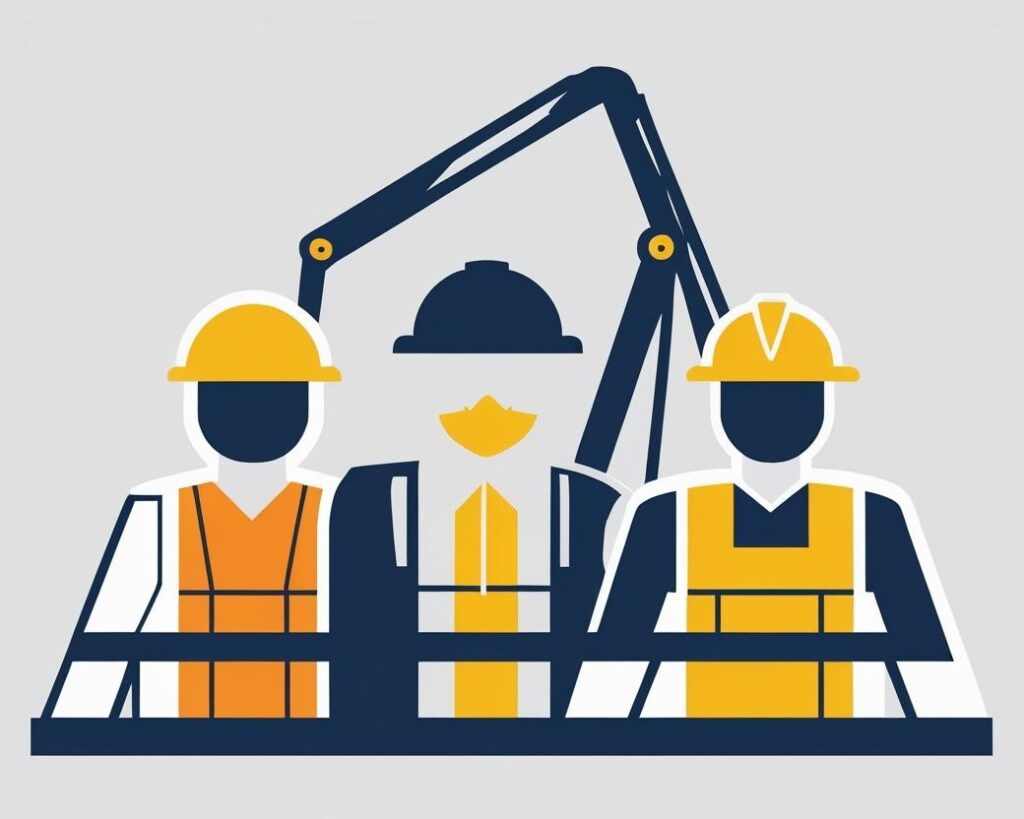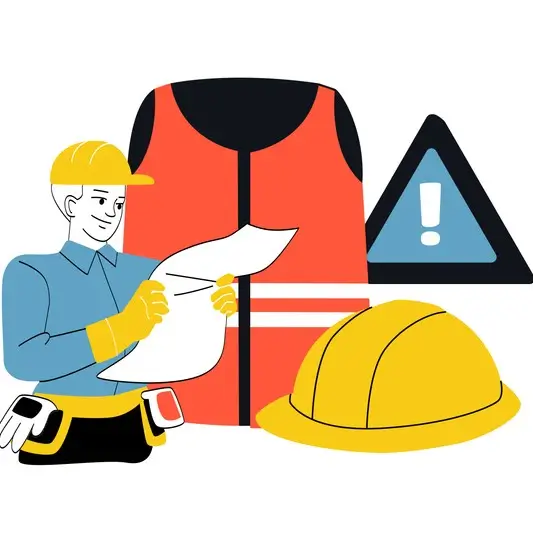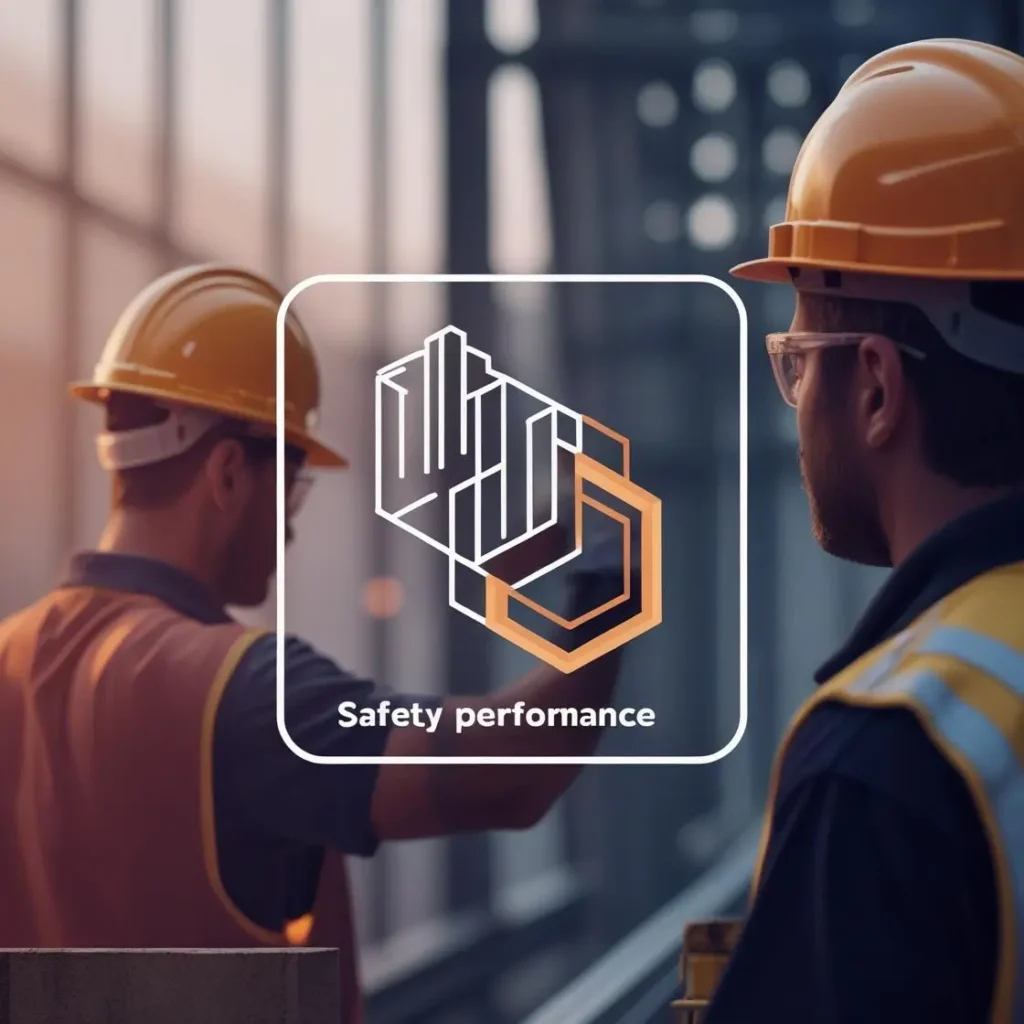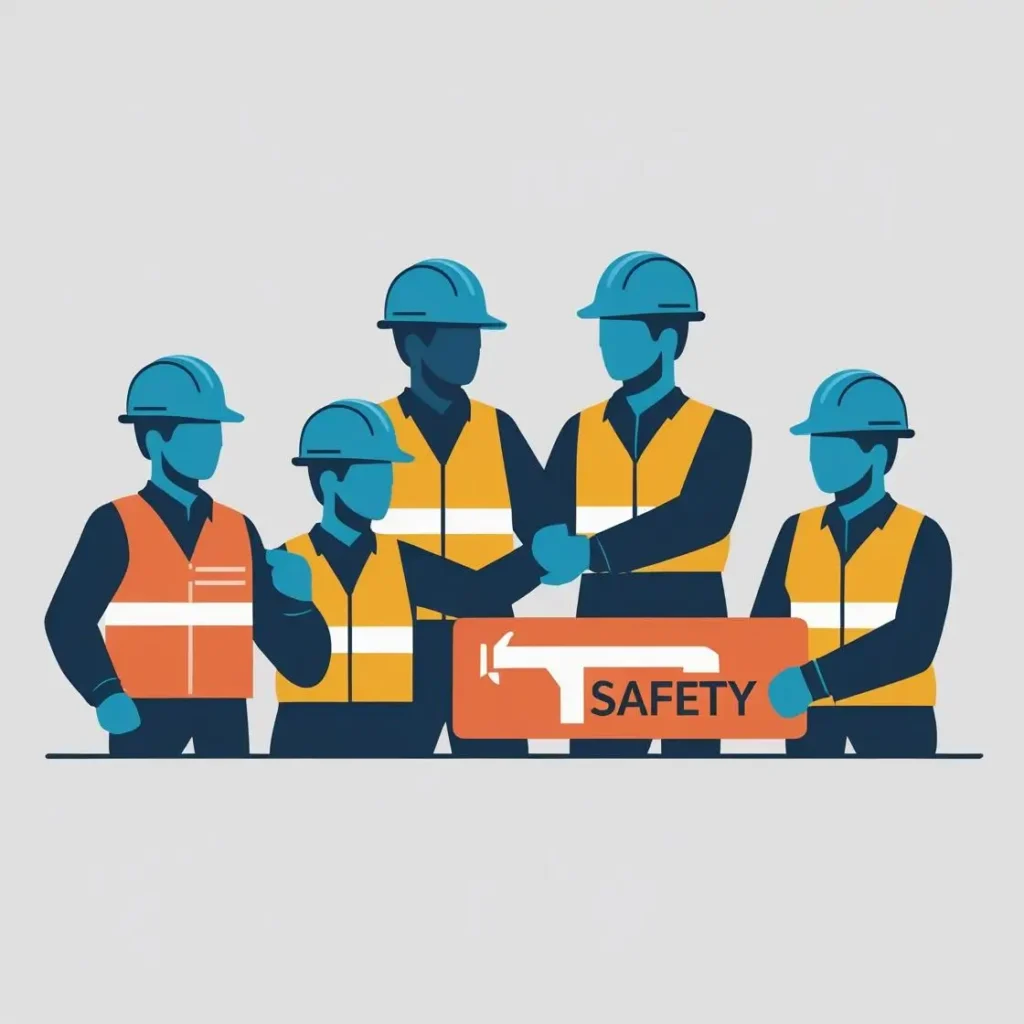A strong health and safety culture is essential for creating a safe and productive work environment. By cultivating a proactive approach to safety, organizations can reduce the risk of accidents, minimize workplace injuries and illnesses, and improve overall employee well-being.
Safety leadership plays a pivotal role in fostering this culture, setting the tone for how employees view and prioritize safety. In this comprehensive guide, we will explore the importance of safety leadership and provide practical strategies for cultivating a proactive health and safety culture within your organization.
The Importance of Safety Leadership


Why Safety Leadership Matters

Safety leadership is the driving force behind an organization’s health and safety culture. Effective safety leaders:

Set the standard for safety behaviors and attitudes within the organization

Encourage open communication about safety concerns and incidents

Promote a sense of shared responsibility for workplace safety among employees

Demonstrate a genuine commitment to employee well-being and safety

Foster a continuous improvement mindset, striving for ongoing advancements in safety performance

The Impact of Safety Leadership on Organizational Performance

Organizations with strong safety leadership tend to experience a range of positive outcomes, including:

Lower rates of workplace accidents and injuries

Improved employee morale and engagement

Enhanced productivity and operational efficiency

Reduced costs associated with workers’ compensation and regulatory fines

A positive reputation among clients, partners, and potential employees
Key Components of Safety Leadership


Vision and Values

Safety leaders must articulate a clear vision for safety within the organization and establish safety as a core value. This vision should be communicated regularly to employees, reinforced through company policies and procedures, and integrated into daily operations.

Accountability

Safety leaders must hold themselves and others accountable for maintaining a safe work environment. This includes setting performance expectations for safety, tracking safety metrics, and addressing safety concerns or violations in a timely and effective manner.

Engagement

Effective safety leaders actively engage with employees to promote safety awareness and foster a sense of shared responsibility for workplace safety. This can include conducting safety meetings, soliciting feedback on safety initiatives, and recognizing employees who demonstrate exemplary safety behaviors.

Empowerment

Safety leaders empower employees to take an active role in maintaining a safe work environment, providing them with the necessary resources, training, and support. This includes creating an environment where employees feel comfortable speaking up about safety concerns and are encouraged to participate in safety initiatives.

Continuous Improvement

A commitment to continuous improvement is a hallmark of safety leadership. Safety leaders strive to identify areas for improvement, implement new safety measures, and evaluate the effectiveness of existing safety initiatives.
Cultivating a Proactive Health and Safety Culture


Leading by Example

Safety leaders set the tone for the organization by modeling safe behaviors and consistently prioritizing safety in their decision-making. By demonstrating a genuine commitment to safety, leaders can inspire employees to adopt a safety-first mindset.

Encouraging Open Communication

Foster an environment where employees feel comfortable discussing safety concerns, reporting incidents, and offering suggestions for improvement. Encourage open communication by regularly soliciting feedback, addressing concerns in a timely manner, and recognizing employees who speak up about safety.

Providing Ongoing Safety Training

Ensure that employees receive comprehensive safety training, including initial orientation, job-specific training, and refresher courses. Regularly assess employees’ understanding of safety procedures and provide additional training as needed. Offer training opportunities that focus on both technical skills and safety culture, emphasizing the importance of proactive safety behaviors and a safety-first mindset.

Recognizing and Rewarding Safety Performance

Create a system for recognizing and rewarding employees who demonstrate exceptional safety performance, such as consistently following safety procedures, identifying potential hazards, or contributing to safety improvements. Recognition can take various forms, including verbal praise, written commendations, or tangible rewards, such as bonuses or gifts. By acknowledging and celebrating safety successes, organizations can reinforce the importance of safety and motivate employees to maintain a proactive safety mindset.

Monitoring and Evaluating Safety Performance

Regularly monitor and evaluate your organization’s safety performance by tracking key safety metrics, conducting safety audits, and reviewing incident reports. Use this information to identify trends, assess the effectiveness of safety initiatives, and uncover areas for improvement. Share safety performance data with employees to foster transparency and demonstrate the organization’s commitment to continuous improvement.

Involving Employees in Safety Initiatives

Encourage employee participation in safety initiatives, such as safety committees, hazard assessments, and process improvement teams. By involving employees in the development and implementation of safety measures, organizations can tap into their expertise, foster a sense of shared responsibility for safety, and increase buy-in for safety initiatives.
Conclusion
Safety leadership is the cornerstone of a proactive health and safety culture. By setting a clear vision for safety, holding themselves and others accountable, and actively engaging with employees, safety leaders can cultivate an environment where safety is prioritized and valued at all levels of the organization. Implementing practical strategies, such as leading by example, encouraging open communication, and providing ongoing training, can help organizations foster a safety-focused mindset and drive continuous improvement in safety performance. Ultimately, a strong safety culture not only protects employees and reduces the risk of accidents but also contributes to improved morale, productivity, and organizational success.






